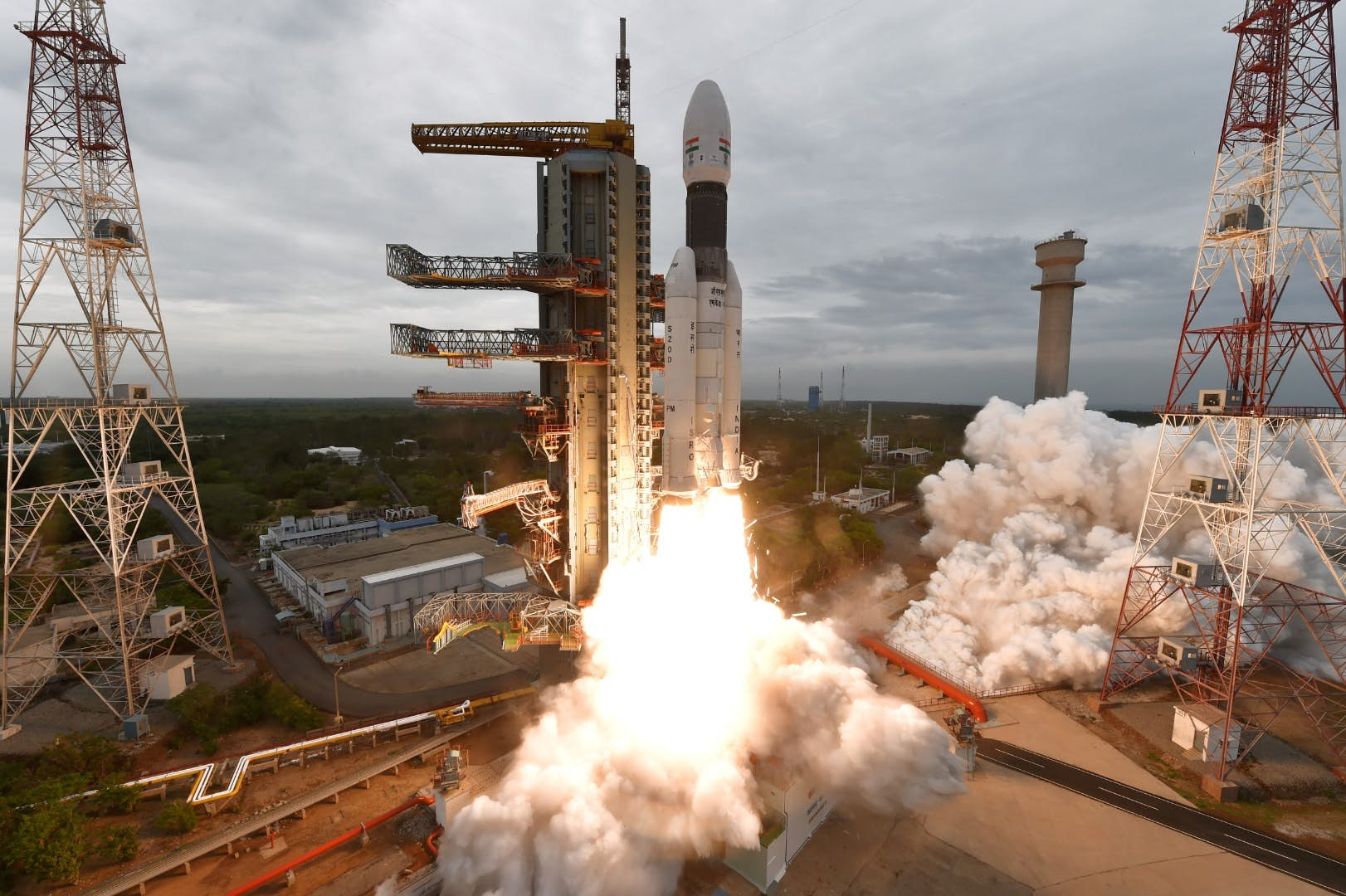Chandrayaan-2 spacecraft that was launched by India has managed to make an orbit around the Moon successfully. The mission that is comprised of an orbiter, a lander and a rover has an aim of providing new insight into the creation and evolution of Earth’s closest celestial neighbor. Chandrayaan-2 was launched at 2:43 pm IST on July 22 this year.

A GSLV Mk-III rocket carried it from the Satish Dhawan Space Center SHAR that is located in Sriharikota, India. Chandrayaan-2 conducted an array of altitude-boosting maneuvers once it carried out its initial insertion into a parking orbit around Earth. These maneuvers were designed to help the robotic explorer to get into the transfer trajectory with the Moon.

At 09:02 IST on August 20, after a 29-minute capture maneuver during which the thrusters of Chandrayaan-2 significantly decreased their velocity, and the probe was able to make an orbit around the Moon. The current orbit of the spacecraft is very eccentric. At the lowest point in relation to the Moon, known as the perilune, it passes at only 71 miles away from the surface of the Moon while at the highest point known as apolune, it is at a distance of 11,229 miles.

The spacecraft along with its payload will be slowly lowering and adjusting its orbit via series of a total of four orbital maneuvers finally reaching a polar orbit that is circularized about 62 miles above the lunar surface. From this position, the solar-powered orbiter will carry out the collection of data on the chemical composition, the distribution of materials, and a number of other important characteristics of the Moon.

As per schedule, on September 2, the spacecraft will launch the Vikram lander that will attempt to establish an orbit with a perilune of 19 miles and an apolune of 62 miles. Vikram will then carry out a number of braking maneuvers eventually leading to a soft touchdown at South polar region of the Moon between the craters Manzinus C and Simpelius N. This soft touchdown is scheduled for September 7. Vikram will be conducting in-situ experiments for 14 days and will also launch a solar-powered rover known as Pragyan and will collect data as well.


